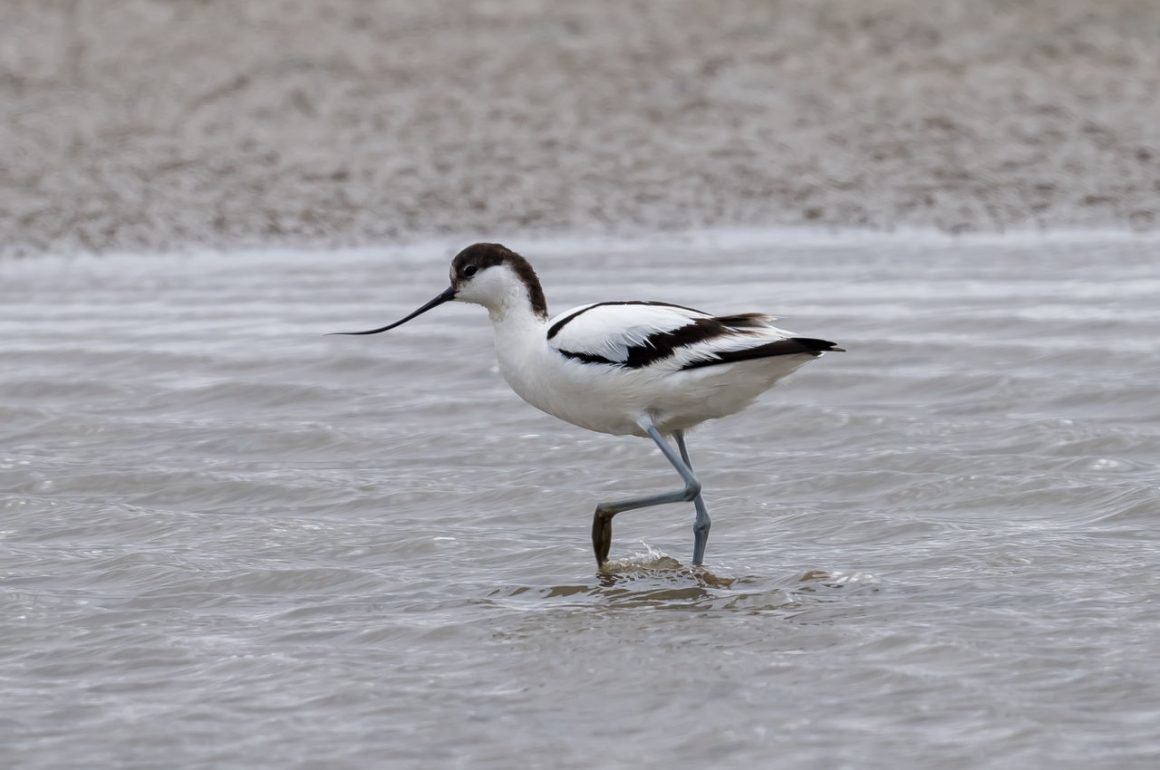
March 2025 was another “short” birding month for me, given that I was away for the second half of the month – and it is still too early for any meaningful spring migration. Still, I saw a few birds.
A flock of at least 7 Long-billed Dowitchers was one of the early highlights of the month on Chongming island. While I usually try not to bore readers of my posts with my species lists, this one was number 383 for Shanghai (though these numbers always seem to change due to species splits, birds being reclassified as vagrants/escapees, US inflation figures, stock market performances etc.).
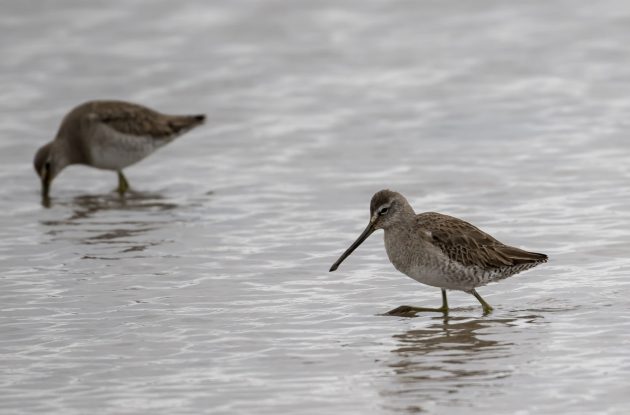
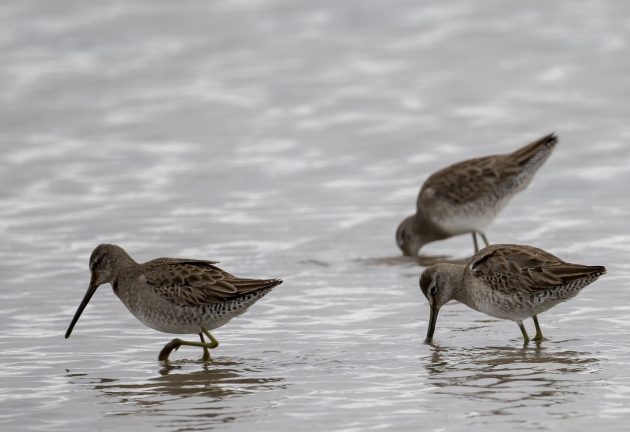
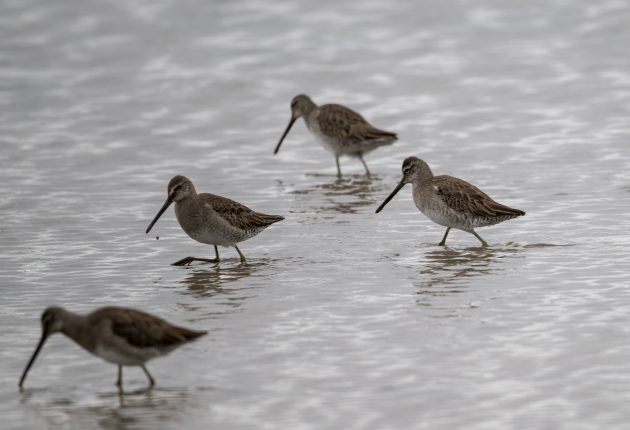
On the same day, I presumably also saw Hooded Cranes for the last time this spring – the juvenile already looking ever more like its parents.
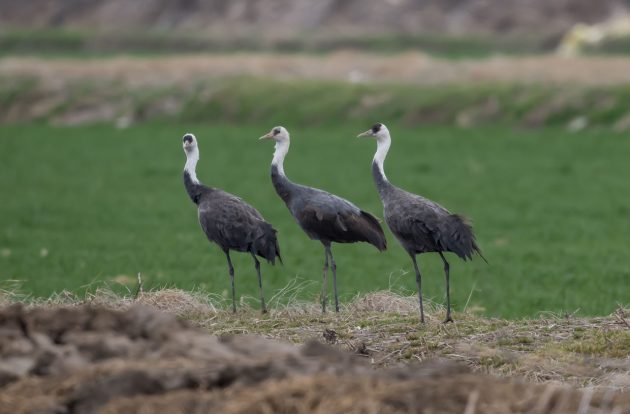
Soon it will start listening to Hip-hop, and the parents will want it to leave.
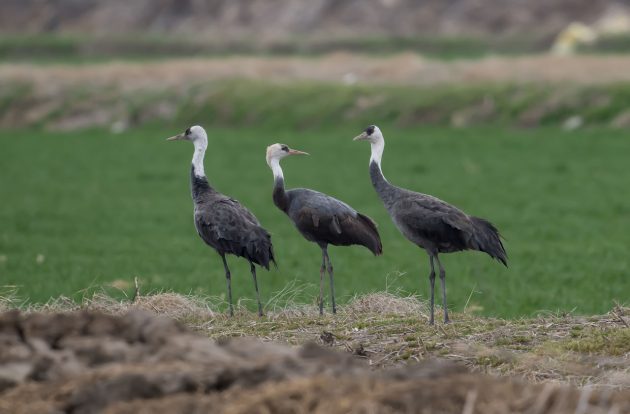
The one-chick policy is still the norm among China’s Hooded Cranes …

… and will probably remain so, given the resource requirements of raising two chicks …
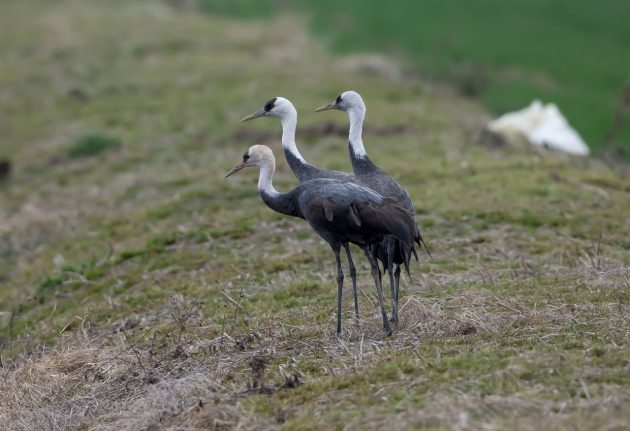
… and the goal of raising three chicks – as propagated by the current Chinese government – is still far off even for the more ambitious crane parents.
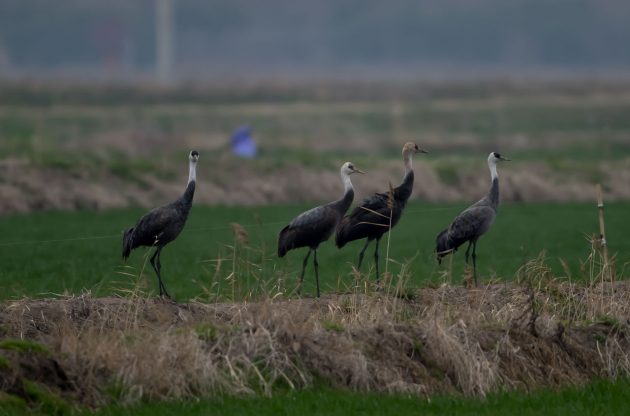

Species that will remain in Shanghai for the summer – like these Silver-throated Bushtits – have started preparations, improving the situation of the Chinese construction industry.
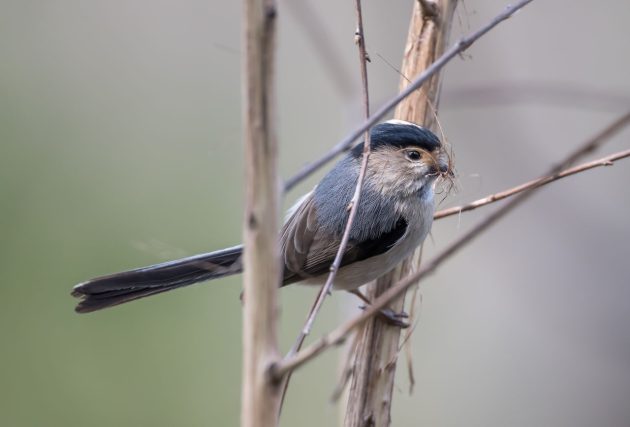
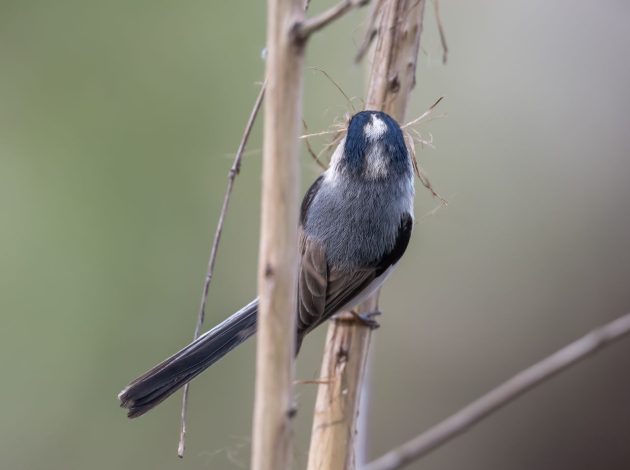
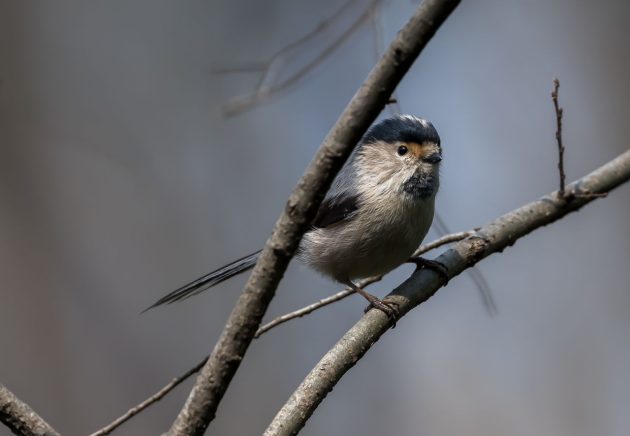
On Chongming, Lapwings apparently work in shifts, each lasting about half a year. In March, the Grey-headed Lapwings have taken over from the Northern Lapwings (not shown).
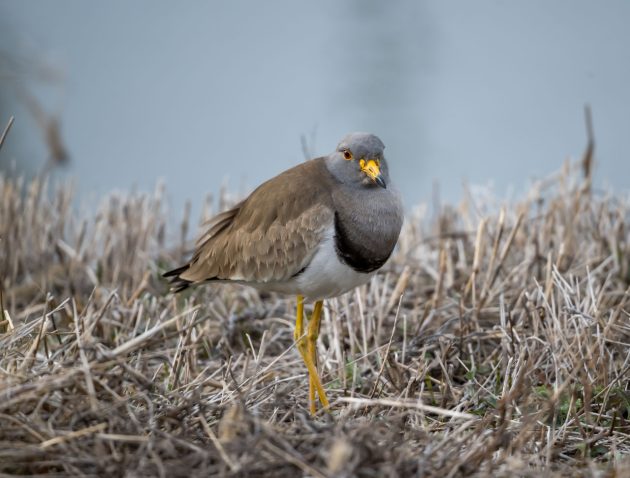
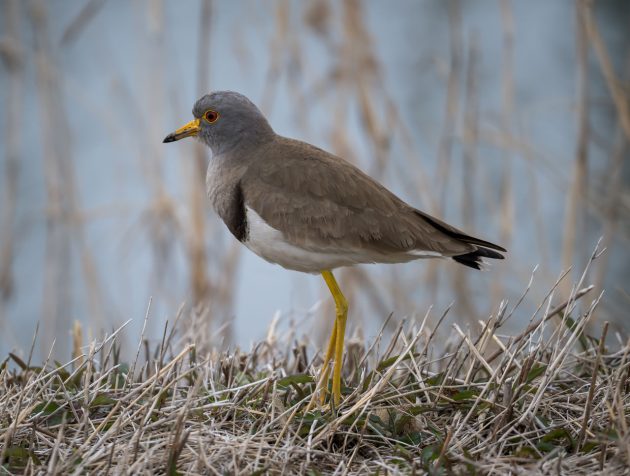
Carrion Crows are still a relatively rare sight in Shanghai despite probably being of no interest to birders elsewhere.
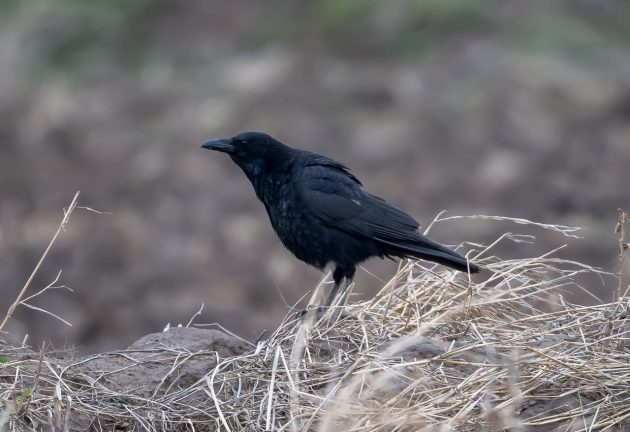
It is a bit bigger than the Rook, of which Chongming Island this year had a largish flock.
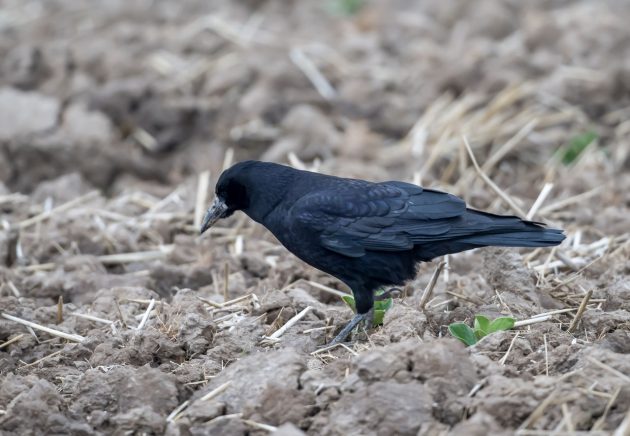
Even on the worst birding days on Chongming Island, there is a good chance of some Reed Parrotbills saving the day – if you know where to look. However, once you know a good location, the local government is usually very quick to destroy it within a few months.
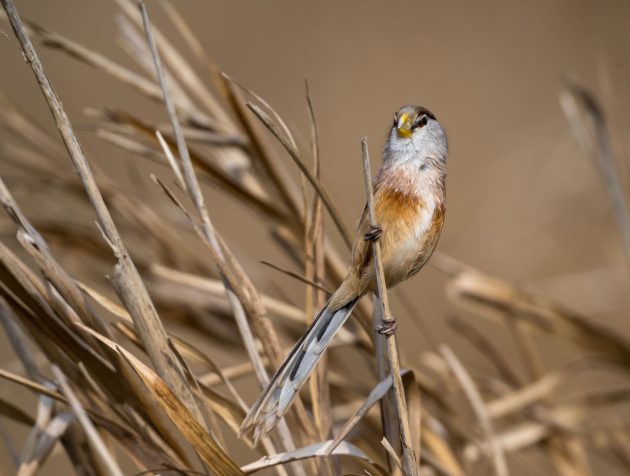
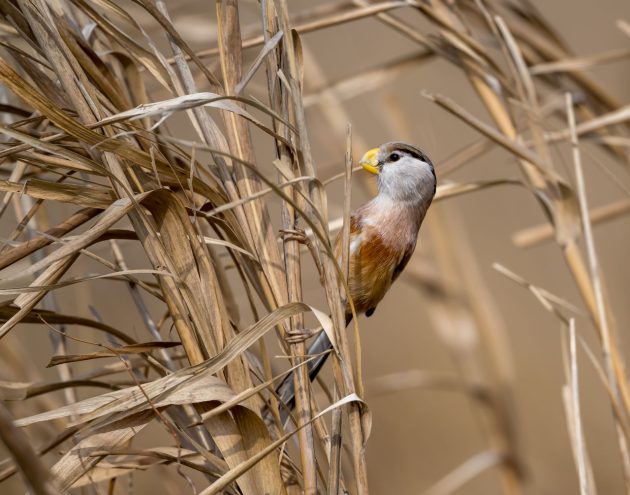
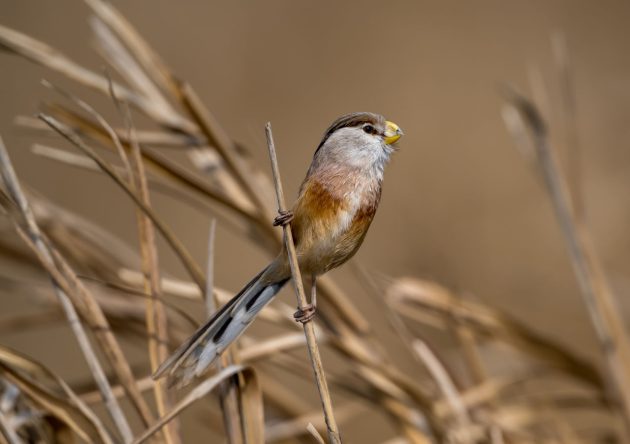
The Vinous-throated Parrotbill – kind of like the little brother of the Reed Parrotbill – can also be seen in the same reeds, but also in many other habitats and thus is much less vulnerable.
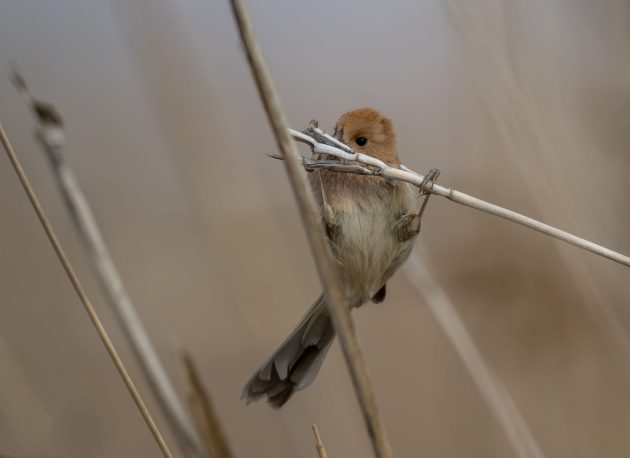
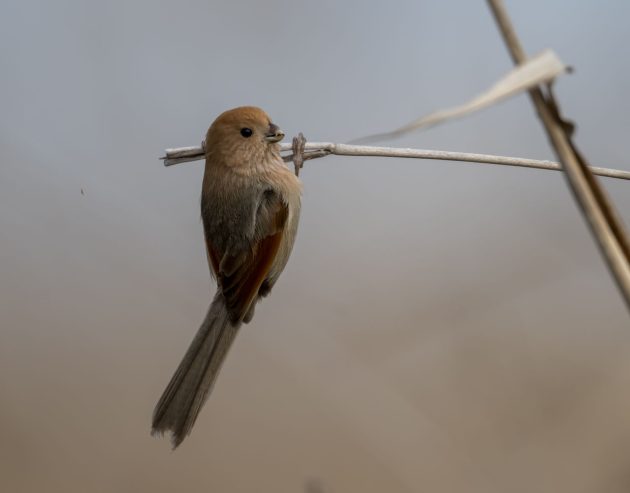
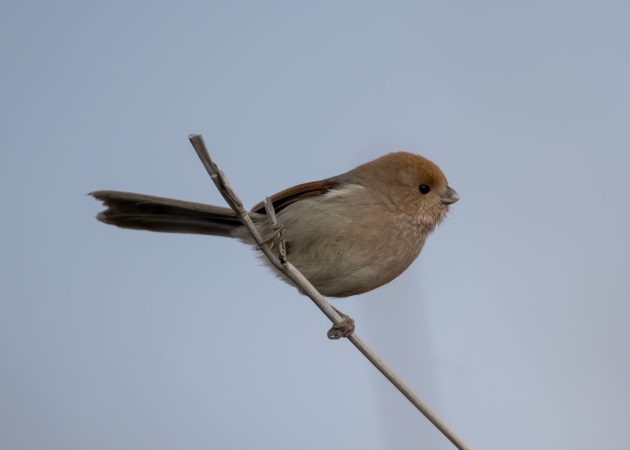
Among the many Spotted Redshanks seen on Chongming Island in early March, one Common Redshank stood out for its already much darker plumage.
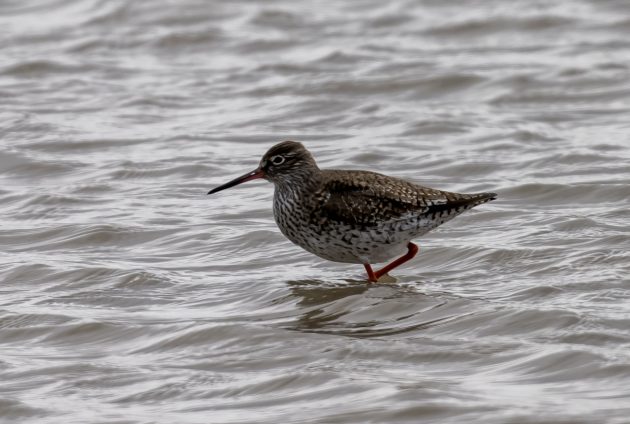
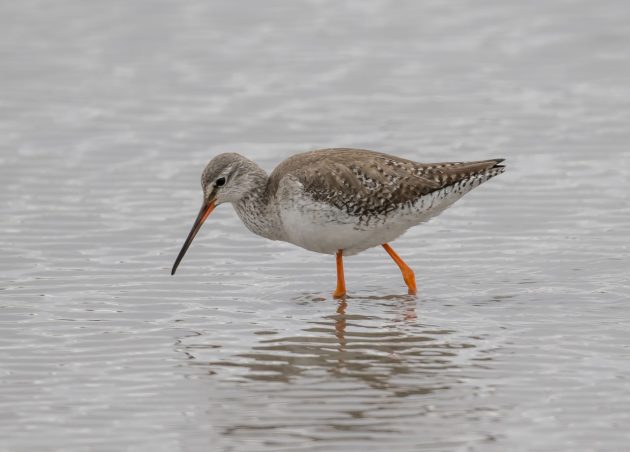
In contrast, all the Black-tailed Godwits were still in their non-breeding plumage, making them look like they received second-hand clothes from a charity organization rather than preparing for an opera ball.
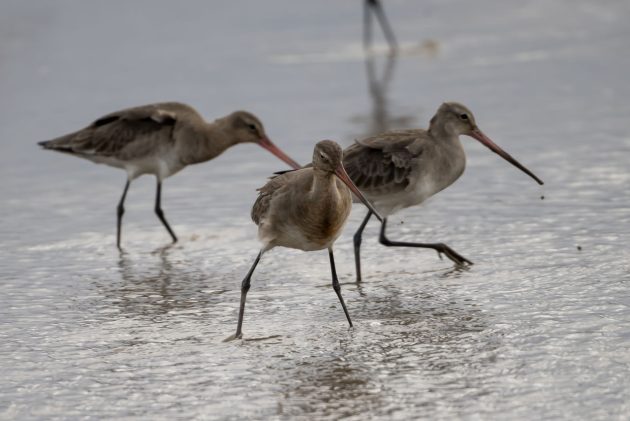
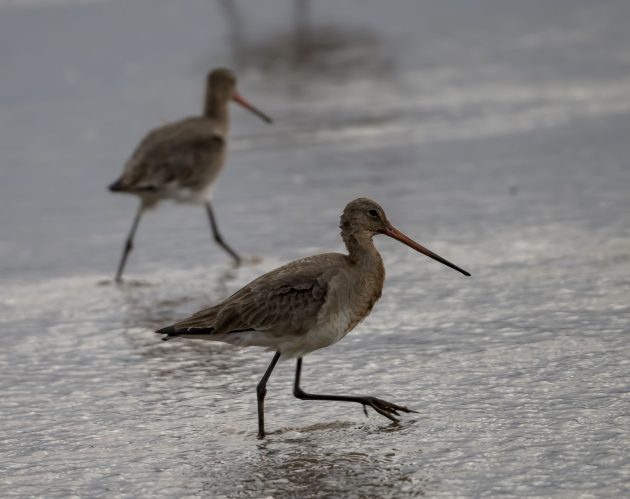
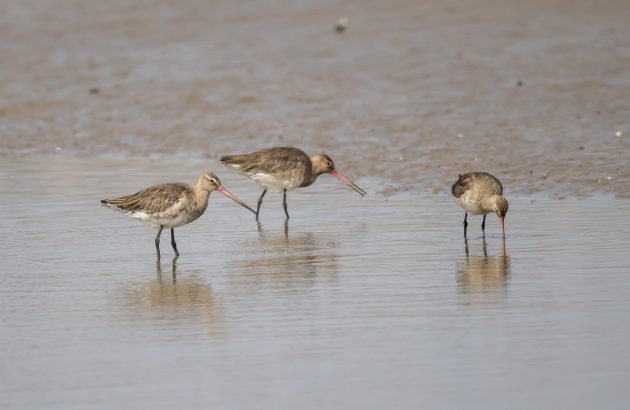
Seeing a Pale Thrush eat a delicious earthworm made me hungry.
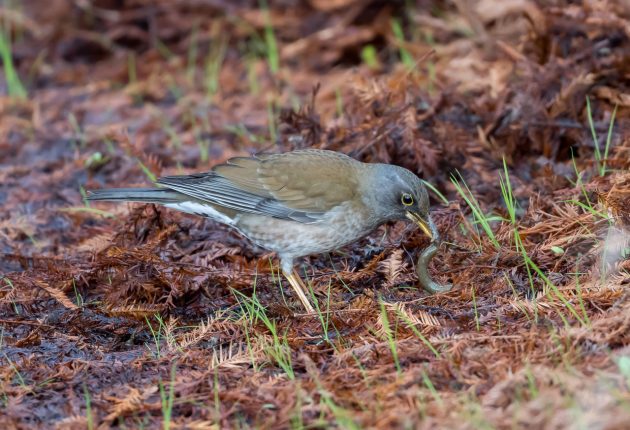
If you like the looks of Long-tailed Shrikes but not their rather aggressive behavior, how about the Chinese Penduline Tit? It is a cute alternative, though only available in Shanghai in the winter months.
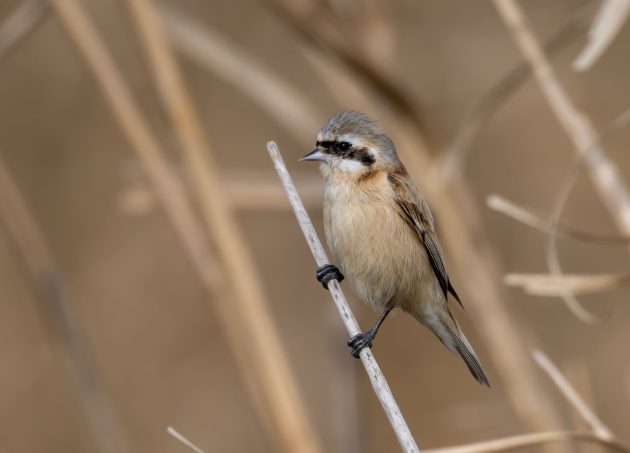
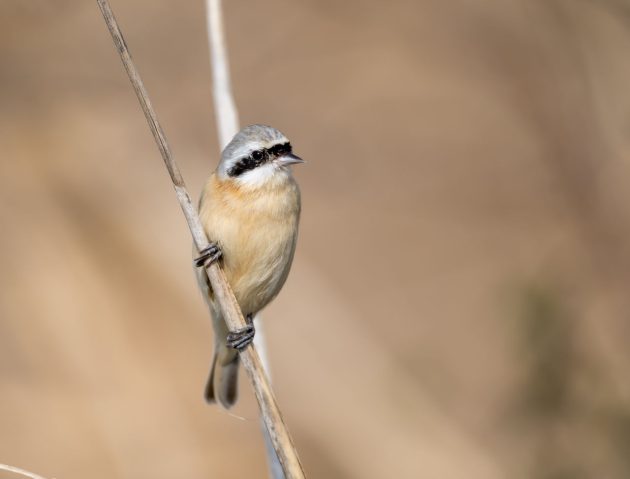
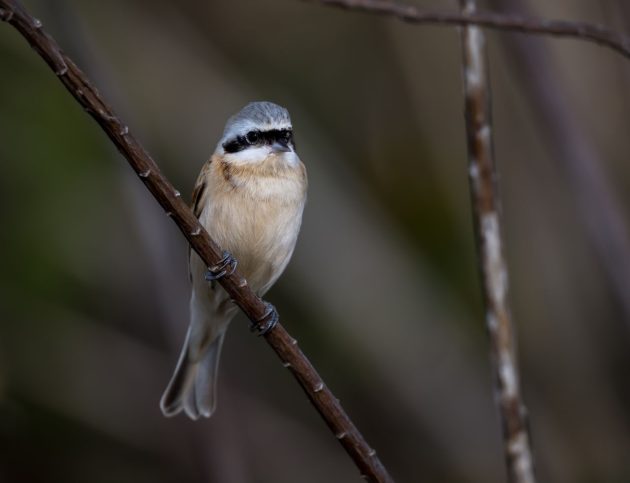
While David seems to have no problems getting good photos of Common Pheasants in the UK, the Shanghai ones are quite timid.
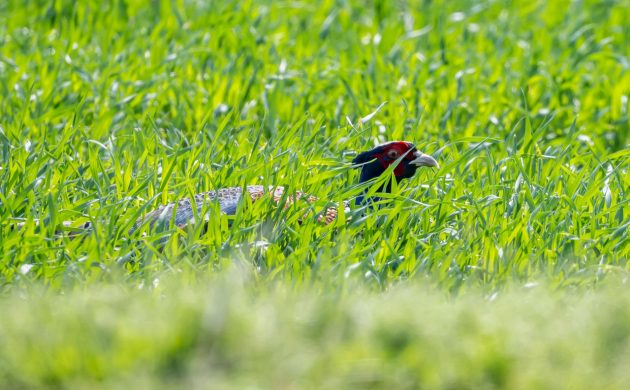
It is understandable, given that their camouflage is much worse than that of the Eurasian Woodcock.
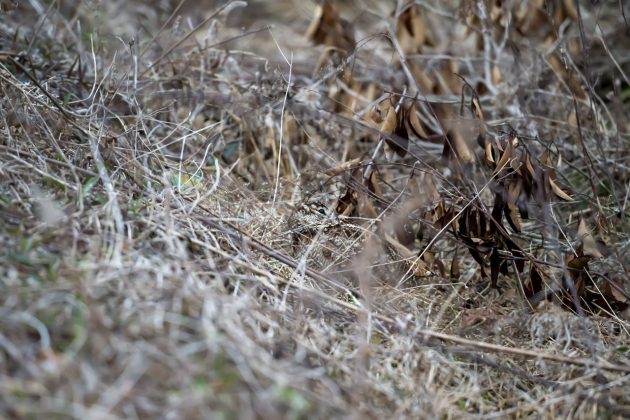
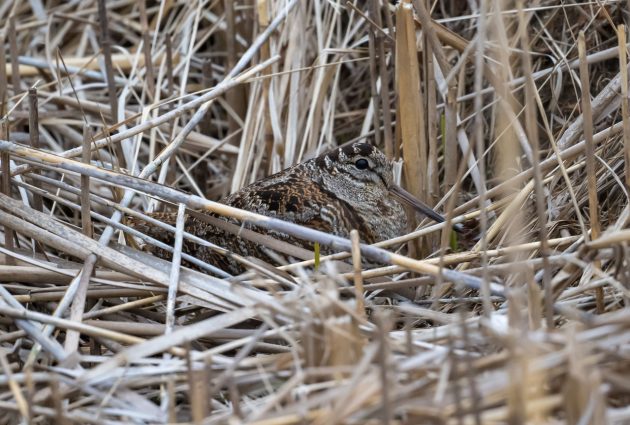
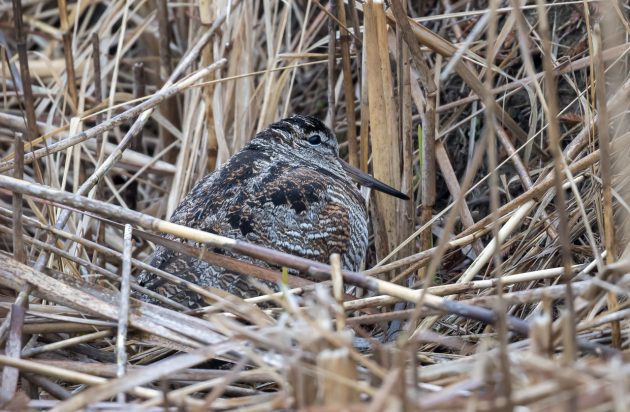
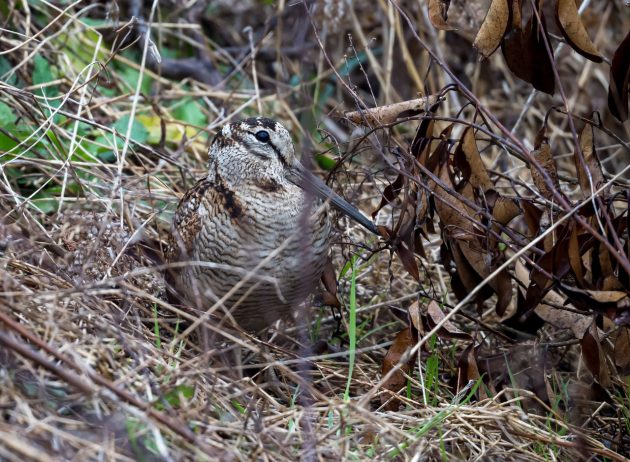
Chinese Grey Shrikes don’t really bother with camouflage.
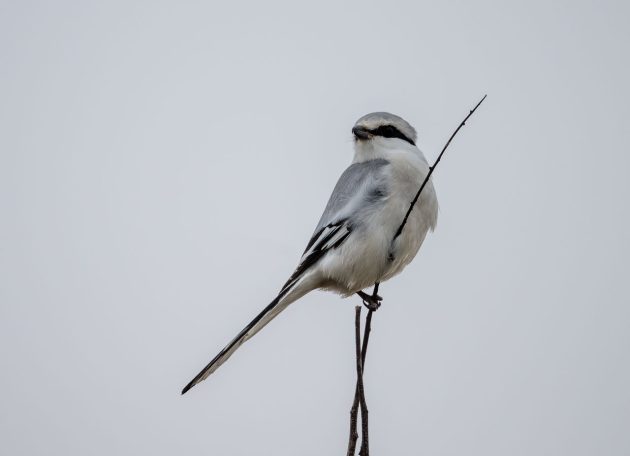
A Greater Flamingo is wintering on Chongming Island, maybe the same individual seen there last year as well.
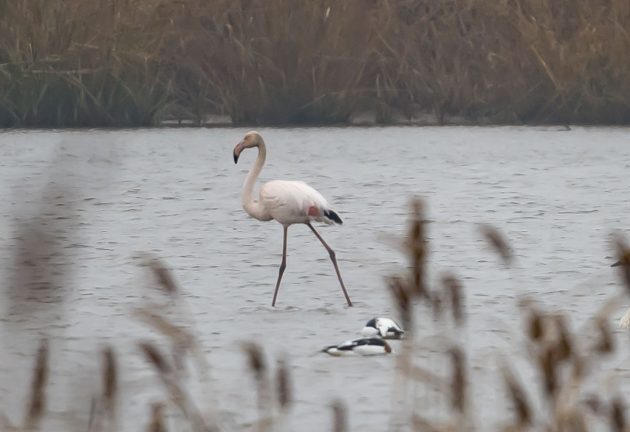
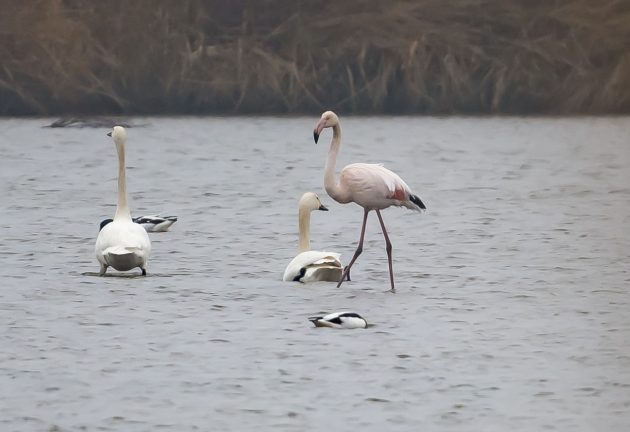
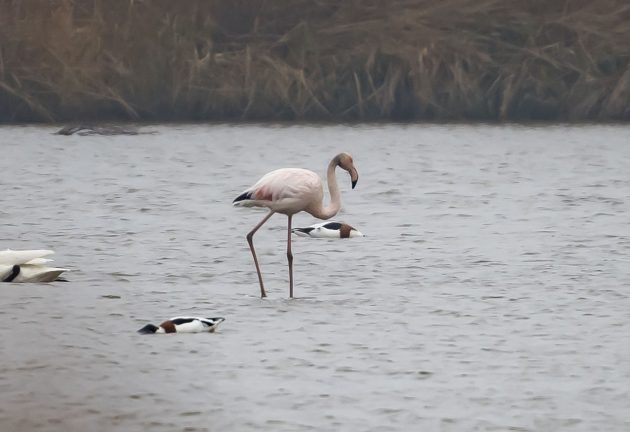
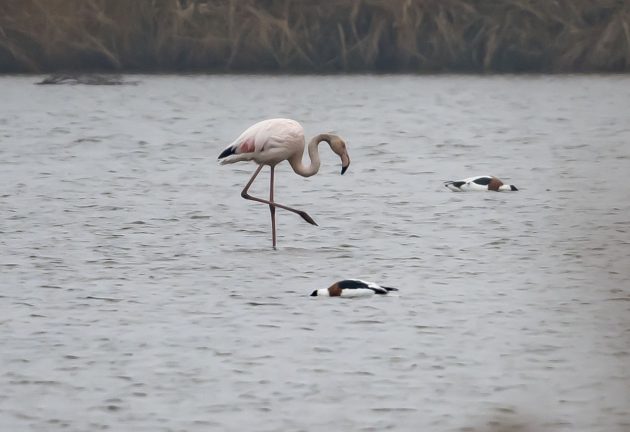
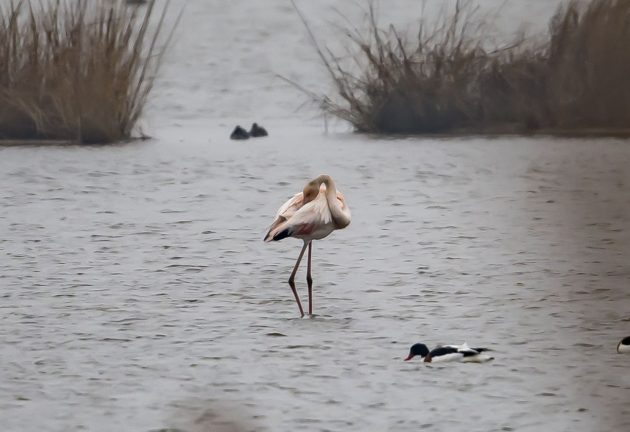
It is too big to have to fear the Eastern Marsh Harrier nearby – though the ducks need to be more careful.
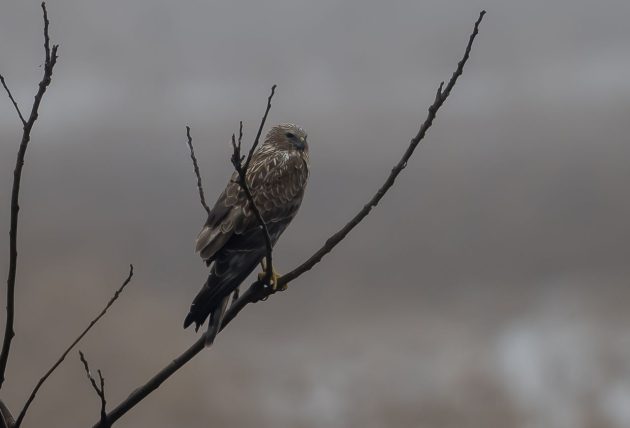
Finally, an Eastern Yellow Wagtail.

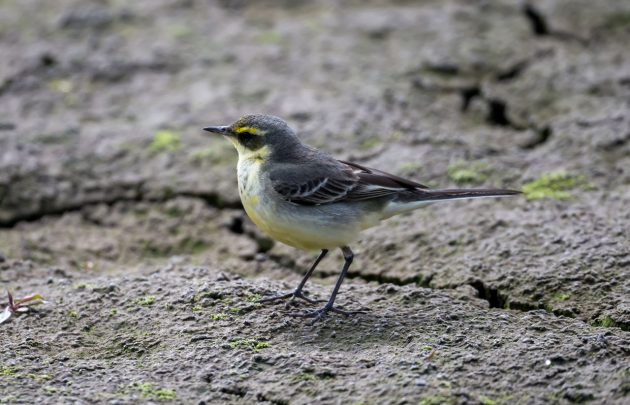
Cover photo: Pied Avocet, Chongming. My motto: If in doubt, always use an avocet as a cover photo. If that last sentence sounds like it has been lifted from a Reacher novel, then it probably has been.


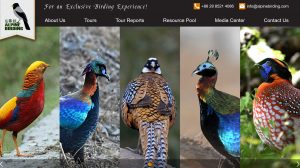
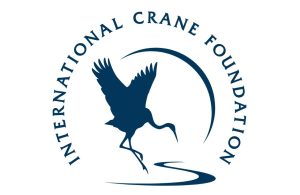

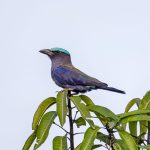

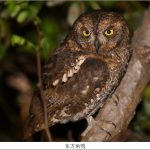
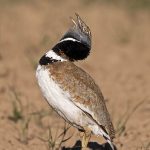
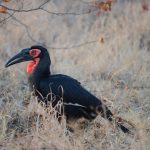
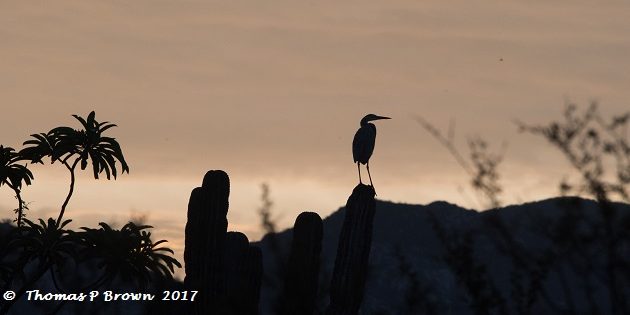
Leave a Comment